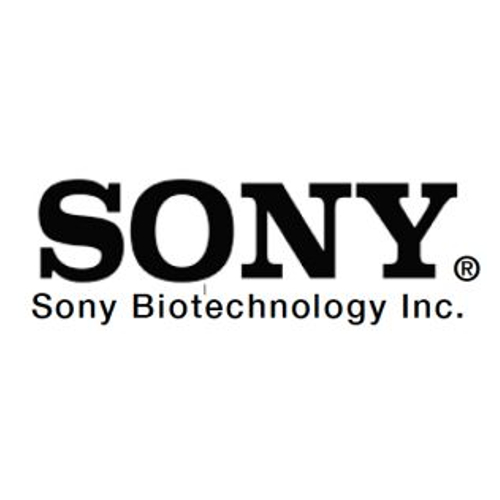CD122 Monoclonal / PerCP-Cy5.5 / TU27
Product Details
| Description | PerCP/Cy5.5 anti-human CD122 (IL-2Rbeta) | |
|---|---|---|
| Conjugate | PerCP-Cy5.5 | |
| Clone | TU27 | |
| Target Species | Human | |
| Applications | FC | |
| Supplier | Sony | |
| Catalog # | Sign in to view product details, citations, and spectra | |
| Size | ||
| Price | ||
| Antigen | ||
| Host | ||
| Isotype |
About CD122
The interleukin 2 receptor, which is involved in T cell-mediated immune responses, is present in 3 forms with respect to ability to bind interleukin 2. The low affinity form is a monomer of the alpha subunit and is not involved in signal transduction. The intermediate affinity form consists of an alpha/beta subunit heterodimer, while the high affinity form consists of an alpha/beta/gamma subunit heterotrimer. Both the intermediate and high affinity forms of the receptor are involved in receptor-mediated endocytosis and transduction of mitogenic signals from interleukin 2. The protein encoded by this gene represents the beta subunit and is a type I membrane protein. The use of alternative promoters results in multiple transcript variants encoding the same protein. The protein is primarily expressed in the hematopoietic system. The use by some variants of an alternate promoter in an upstream long terminal repeat (LTR) results in placenta-specific expression. [provided by RefSeq, Sep 2016]
The interleukin 2 receptor, which is involved in T cell-mediated immune responses, is present in 3 forms with respect to ability to bind interleukin 2. The low affinity form is a monomer of the alpha subunit and is not involved in signal transduction. The intermediate affinity form consists of an alpha/beta subunit heterodimer, while the high affinity form consists of an alpha/beta/gamma subunit heterotrimer. Both the intermediate and high affinity forms of the receptor are involved in receptor-mediated endocytosis and transduction of mitogenic signals from interleukin 2. The protein encoded by this gene represents the beta subunit and is a type I membrane protein. The use of alternative promoters results in multiple transcript variants encoding the same protein. The protein is primarily expressed in the hematopoietic system. The use by some variants of an alternate promoter in an upstream long terminal repeat (LTR) results in placenta-specific expression. [provided by RefSeq, Sep 2016]
About PerCP-Cy5.5
PerCP-Cyanine® 5.5 (PerCP-Cy5.5) is a red-emitting tandem fluorophore that was originally designed to make the PerCP fluorophore more stable and increase signal intensity. The donor molecule, PerCP can be excited by the 488-nm blue laser and and transfers energy to the acceptor molecule, Cy5.5, which emitts light that can be captured with a 695/40 nm bandpass filter. PerCP-Cy5.5 has an excitation peak at 482 nm and an emission peak at 695 nm. There are superior alternatives to PerCP and PerCP-Cy5.5 including BB700, NovaFluor Blue 690 or PerCP-eFluor™ 710
PerCP-Cyanine® 5.5 (PerCP-Cy5.5) is a red-emitting tandem fluorophore that was originally designed to make the PerCP fluorophore more stable and increase signal intensity. The donor molecule, PerCP can be excited by the 488-nm blue laser and and transfers energy to the acceptor molecule, Cy5.5, which emitts light that can be captured with a 695/40 nm bandpass filter. PerCP-Cy5.5 has an excitation peak at 482 nm and an emission peak at 695 nm. There are superior alternatives to PerCP and PerCP-Cy5.5 including BB700, NovaFluor Blue 690 or PerCP-eFluor™ 710
Experiment Design Tools
Panel Builders
Looking to design a Microscopy or Flow Cytometry experiment?
Validation References
Reviews & Ratings
| Reviews |
|---|
Looking for more options?
882 CD122 antibodies from over 35 suppliers available with over 78 conjugates.





